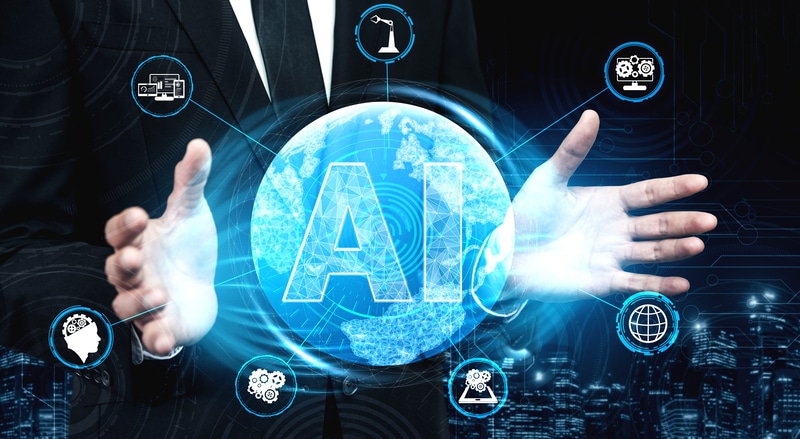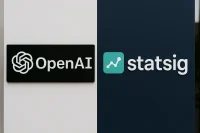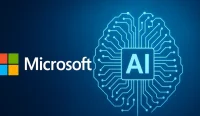It’s widely believed that AI will revolutionise both our daily lives, as well as the ways in which most industries and sectors work. Indeed, it’s highly likely that many skilled jobs will soon incorporate artificial intelligence.
Law is one of the fields poised to undergo rapid AI-induced changes. In particular, personal injury law could soon see significant changes take place – some for better and some for worse.
So, what potential changes could we see?
In this article, we’ll explore four ways AI could transform personal injury law.
- Research and analysis
AI-powered legal research tools could streamline the legal research process. Traditionally, research has always taken hours of manual tasks, including:
- Analysing past case outcomes
- Searching for legal precedents
- Finding relevant laws, statutes and guidelines
Yet AI may be able to perform these tasks more quickly and effectively than lawyers. Natural Language Processing (NLP) allows AI programs to quickly crawl through enormous datasets in negligible amounts of time, extracting insights, highlighting precedents, and suggesting arguments as they do so.
- Assessing case value
When programmed to recognise the relevant variables, AI algorithms could be able to give estimates for the potential payout of a personal injury claim. These variables include but aren’t limited to:
- Location of injuries
- Severity of injuries
- Psychological impact
- Treatment costs
- Loss of earnings
Lawyers could use the algorithmic results to validate their own estimates or as the foundation of a human-validated estimate. This could help create a more robust system for case value assessments, in which the chances of inaccurate estimates are reduced and more personal injury victims get fair, just outcomes.
- New personal injury risks
In order to win compensation, personal injury claim lawyers prove someone else was at fault. This can be difficult to demonstrate at the best of times. But what about when the injury wasn’t caused by another person, but by AI?
Although this sounds like a far-fetched scenario, it’s becoming increasingly more realistic.
For example, it’s highly relevant in the field of driverless cars. While there are varying degrees of autonomy for different vehicles, proving fault becomes a more complex issue when responsibility is shared between human and vehicle.
New laws will need to pass and new precedents set to account for the way that these technologies are changing our world.
- Ethical concerns
While it seems like the proliferation of AI has much to offer the field of personal injury law, it does also raise some pressing ethical concerns. Over reliance on this technology could exacerbate its limitations, exposing personal injury victims unnecessarily.
The purpose of personal injury law is still to deliver just outcomes to those affected in accidents, as it always has been. And so, maintaining a suitable level of human oversight and judgement will be critical for ensuring its efficacy in this aim.
Which of these potential changes could have the biggest impact on personal injury law?




